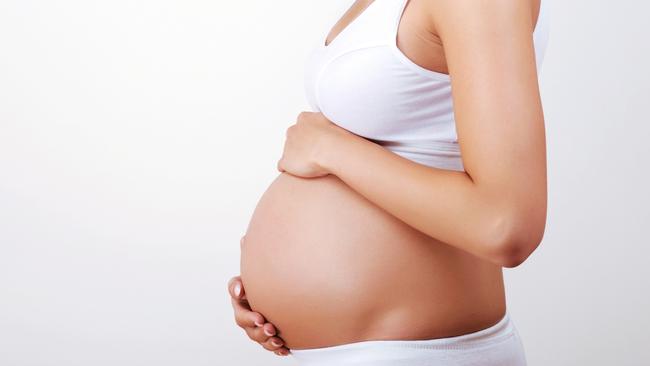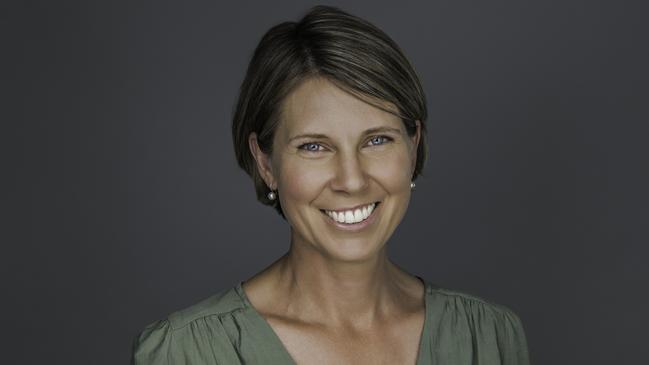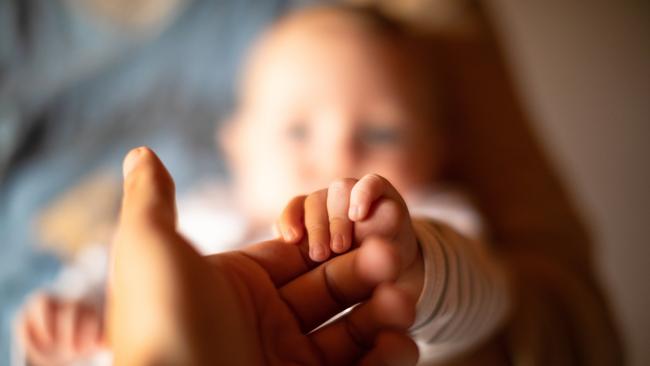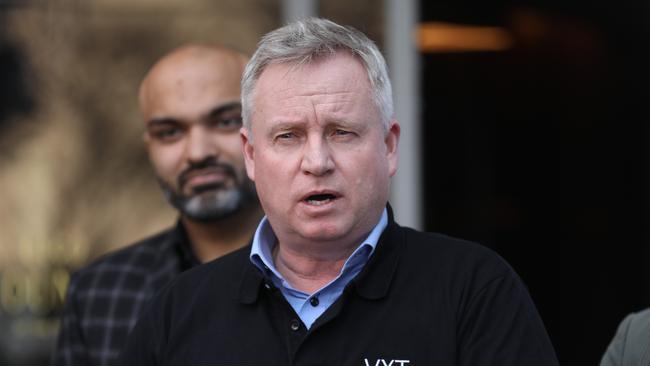Tasmania’s total fertility rate in decline, could have severe consequences for state: Demographer
Tasmania could have a reproductive problem on its hands, according to expert analysis finding the state is trailing the rest of the nation on a key statistic.

Tasmania
Don't miss out on the headlines from Tasmania. Followed categories will be added to My News.
Tasmania’s total fertility rate is now considered “ultra-low”, with the state set to reproduce less than three quarters of its current population in future generations, according to new analysis by an independent demographer.
Dr Lisa Denny used population data from the Australian Bureau of Statistics to calculate trends in the total fertility rate (TFR) in Tasmania, finding it has plummeted from 1.68 in 2018 to 1.49 in 2024.
The state’s TFR was as high as 2.1 in 2006.

While a recent study by KPMG found that Tasmania was the only jurisdiction in Australia to see a “noticeable” increase in births compared to 2019, Dr Denny said Tasmania’s TFR had been below the national average since 2018 and that the chief consequence of this was “a rapidly ageing older population which presents substantial challenges from an economic, social, and sustainability perspective”.
TFR is an estimate of the number of children a woman of reproductive age would have in her lifetime if she experienced the prevailing fertility rates at all ages through her child-bearing years.
“Our fertility rate has dropped considerably because a much larger proportion of our child-bearing population is now made up of temporary migrants compared with what the rest of the country is,” Dr Denny said.
“And the women of reproductive age that leave Tasmania are not temporary migrants so they’re taking their future children with them.”
Dr Denny said the state government needed to ensure Tasmanians were provided with secure work and housing, high-skilled jobs, and high wages to encourage them to have children.

Premier Jeremy Rockliff released a new population policy in July, which set a target of growing the population to 650,000 by 2050. As at December last year, Tasmania was estimated to have a population of about 575,000.
The strategy is focused on attracting and retaining young people to the state, which has the oldest population in the country.
Dr Denny said the Liberals should be undertaking demographic impact assessments for every policy they develop, in order to guard against unintended consequences.
Annette Barwick, the president of the Tasmanian branch of Early Childhood Australia, the nation’s peak professional body for child care providers, said the industry was always analysing demographic changes so as to ensure that services remained viable.
“We have a lot of large mainland providers seeking to build in Tasmania and they would definitely be looking at the demographics and viability,” she said.

However, Ms Barwick said childcare “deserts” were a problem in outer-regional and remote parts of the state, where it was “very difficult” to access childcare due to a limited number of children in the local area.
“If there’s low population growth, it’s not just [about] looking at a 10-year plan of how many children [there are going to be] but what our workforce is going to look like, as well. So it’s quite a complex space,” she said.
Tasmania’s annual rate of population growth peaked at 2.1 per cent in 2018-19 but has since dropped dramatically. The annual growth rate in the December 2023 quarter was 0.41 per cent.
Premier Jeremy Rockliff said the government had a plan to achieve “long-term, balanced population growth”.
“Through the action plan, the government will support the development of a population outcomes evaluation framework to measure and assess the economic, social and environmental factors,” he said.
More Coverage
Originally published as Tasmania’s total fertility rate in decline, could have severe consequences for state: Demographer





